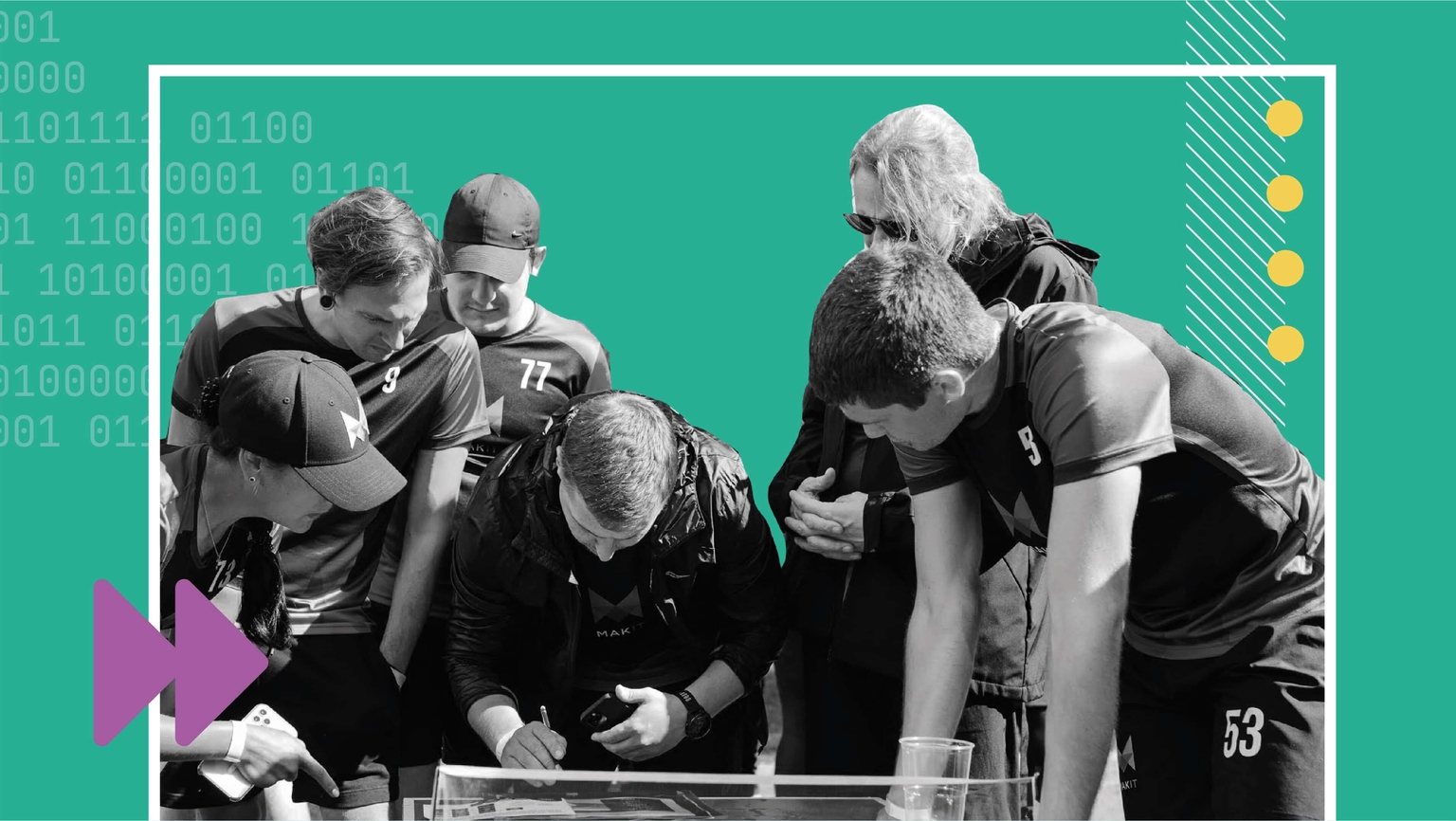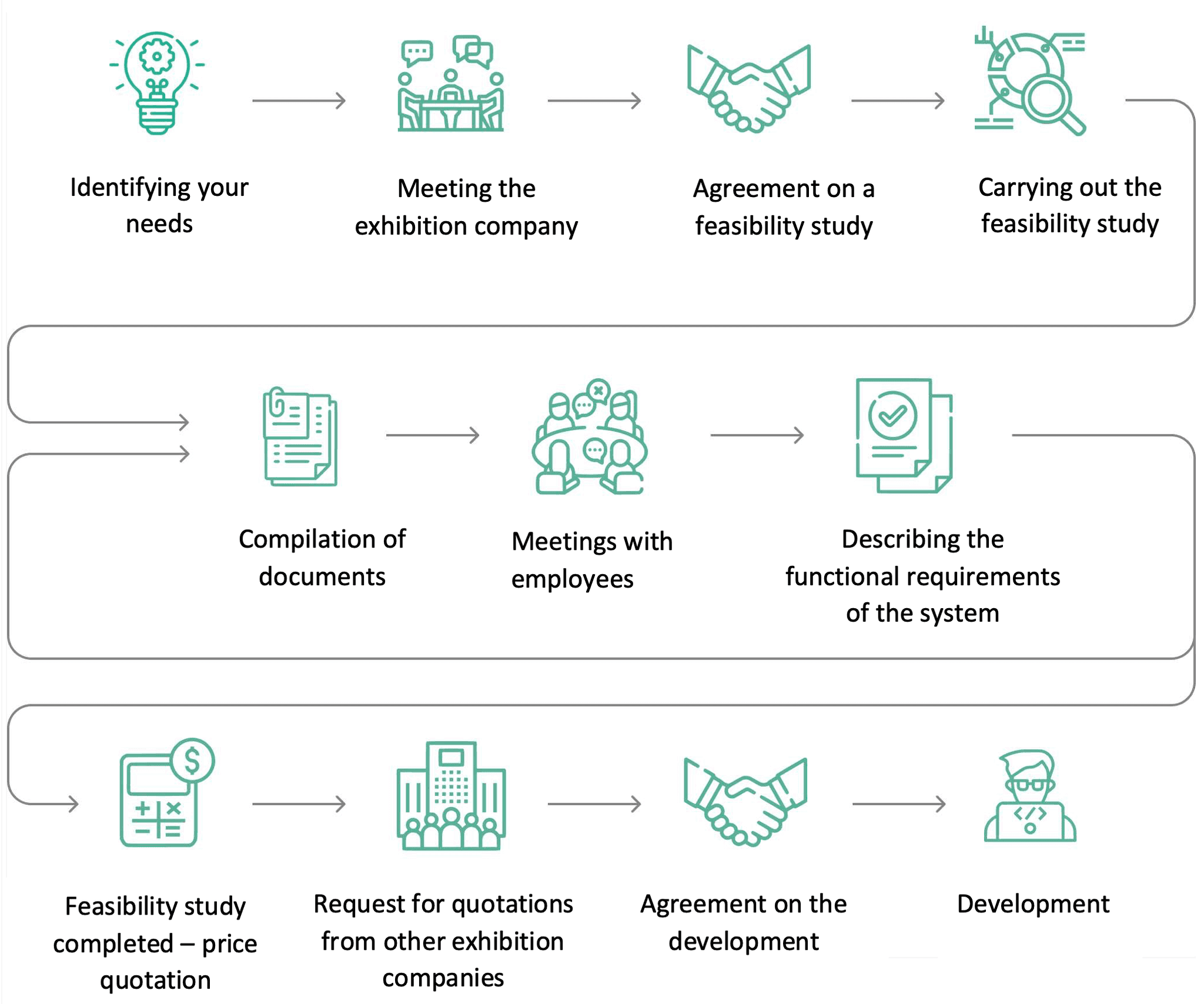The level of technical knowledge required to read the article: ⭐⭐⭐⭐⭐ (low)
A feasibility study is the process of gathering and analysing information about the needs and functionality of a planned project. Based on the information gathered, a feasibility study identifies what needs to be done and estimates how time-consuming this work will be.
Details and seemingly obvious things are discussed, as it has shown to be difficult to understand what is obvious and what is not when designing an IT solution. Feasibility studies are usually carried out when it is fairly clear what needs to be solved and done, or if there are similar existing solutions that can be built upon. In such cases, the feasibility study document can precisely describe and estimate the scope of the work required. On the other hand, when the potential project is just an idea, with much yet to be clarified and decided while developing the solution, a feasibility study is not necessary because there is nothing to study.
Purpose
The purpose of a feasibility study is to understand and assess the project in detail and to ensure that both parties have clear shared expectations of the work process and the final outcome. It helps to harmonise the perception of solutions and gives a deeper understanding of the proposed solution before the work starts. Small changes in the requirements can result in very time-consuming technical adjustments. A high-quality feasibility study significantly reduces the likelihood of deviations from the original plan and budget.
How feasibility studies are conducted
During a feasibility study, the documents, tools and principles used in the day-to-day organisation of the work are gathered. Meetings are organised with company representatives and employees to discuss the work process. A document is drawn up from the gathered information, which includes:
- a description of the business process,
- information on the business management,
- and other internal operation principles.
The feasibility study document describes the technological solution and the functional requirements of the system – how the system to be implemented will work.
What is the outcome of a feasibility study?
The best possible outcome is: all work has been accurately assessed and it is mutually clear how the system to be implemented will work. After the system has been implemented and is operational, most of the project is delivered as originally planned, on time and on budget. Only some minor changes are made in cooperation with the client that are recognised only once the system is operational.
In some cases, it is possible to withdraw from the project after a feasibility study. The project may require too many resources or may block resources that are allocated to other projects. Or if the project would cost more than the company would earn/save by implementing the respective solution.
How do we gather information during a feasibility study?
We start with a meeting to discuss the desired IT solution. We discuss the priorities and the major items we plan to address. We mutually identify the contact persons, i.e. people who will be able to provide answers to questions on specific topics.
We gather all kinds of documents relevant to the solution to be delivered. These can be reports, schedules, production plans, business logic descriptions and anything else we need to take into account when designing a solution that is convenient for the employees and suitable for the business growth. We send a template to the interested parties describing what information we would need and how we would like it structured. Contact us!
We create a structure that breaks down the big items/functionalities to be included in the solution. Once we have a clear outline of the project, we start to study and describe the business logic in detail, based on the conversations and documents sent to us. We communicate regularly with the client on additional issues and present the completed work.
We communicate with the employees whose work will be most directly affected by the solution and agree on which tasks can and should be optimised or eliminated altogether, and which tasks should be kept as it is. Optimisation ideas usually come from the employees, but we always bring our own ideas to the table, too.
What does a feasibility study bring to the company?
- A description of the company’s current processes (planned to be digitised);
- A description of the proposed solution, explaining in detail how the system will work, with key views of the system;
- A cost estimate for the project, if you decide to proceed with it.


